How Many Moving Boxes Do I Need: A Complete Guide for Your Move
Preparing for a move involves numerous decisions, and determining the appropriate number of boxes required is one of the most common yet challenging questions those relocating face. Underestimating can lead to last-minute scrambling for supplies, while overestimating results in wasted money and materials. Consulting with a local moving company early in your planning process can provide valuable insights based on their experience with homes of similar size and complexity. This comprehensive guide walks you through a systematic approach to calculating your box needs, from assessing your belongings and estimating requirements by room to selecting specialized containers for fragile items, understanding the factors influencing box quantity, and implementing efficient packing strategies to optimize your moving experience.
Assessing Your Belongings
Let's start by evaluating the items we own to determine what needs to be packed for our upcoming move. Begin by taking inventory room by room. Review the furniture, decor, clothing, kitchenware, and personal items. Create categories like essentials, sentimental items, and things to donate or sell. Consider the fragility of items and whether they require special packaging. Take note of any significant or oddly shaped items that might need custom crates. It's essential to be meticulous during this process to ensure nothing is overlooked. By thoroughly examining our belongings, we can accurately estimate the number and types of moving boxes needed for a smooth and organized relocation.
Estimating Box Quantity per Room
When estimating the quantity of boxes needed per room, it is essential to consider the size and contents of each space to ensure an efficient packing process.
- Consider the room size: Larger rooms generally require more boxes to accommodate all items adequately.
- Assess the contents: Rooms with many small items may need more boxes than larger furniture.
- Factor in special items: If you have many fragile or oddly shaped items, you may need additional specialized boxes.
- Plan for miscellaneous items: Always include a few extra boxes for those last-minute items that weren't initially considered.
Specialized Boxes for Fragile Items
Specialized containers explicitly designed for delicate items are essential for ensuring the secure packing and transport of fragile belongings during a move. These containers are typically more durable and provide additional layers of protection to prevent breakage. When packing delicate items such as glassware, dishes, or electronics, it is vital to use these specialized containers to minimize the risk of damage. Dish packs with double walls are ideal for dishes and glassware, while electronic containers with extra padding and shock-absorbing materials are perfect for protecting sensitive electronics. Utilizing these specialized containers safeguards your fragile items and makes the unpacking process easier and more organized. Remember to label these containers clearly to ensure they receive the necessary care and attention during the move.
Factors Affecting Box Quantity
Considering the size and type of items being packed and the overall volume of belongings is essential in determining the quantity of moving boxes needed for a successful relocation. Factors affecting box quantity include:
- Item Size: Larger items may require specialized boxes or more space.
- Fragility: Fragile items necessitate more padding and individual packaging.
- Belongings Volume: The total number of items influences the overall box count.
- Organization: Efficient packing and labeling can optimize box usage and minimize excess materials.
Tips for Efficient Packing
Let's streamline the packing process with these essential tips for maximizing space and ensuring items are packed securely for a smooth relocation. Begin by decluttering and donating items you no longer need. Use sturdy boxes in various sizes to accommodate items, ensuring heavier things go in smaller containers. Pack room by room, labeling boxes clearly to facilitate unpacking. Wrap fragile items in bubble wrap or clothing for added protection. Fill any gaps with packing paper or towels to prevent shifting during transit. Disassemble furniture to save space and protect pieces. Utilize wardrobe boxes for clothes to simplify packing and keep garments crease-free. Finally, pack essentials in a separate bag for easy access upon arrival.
Related Topics:


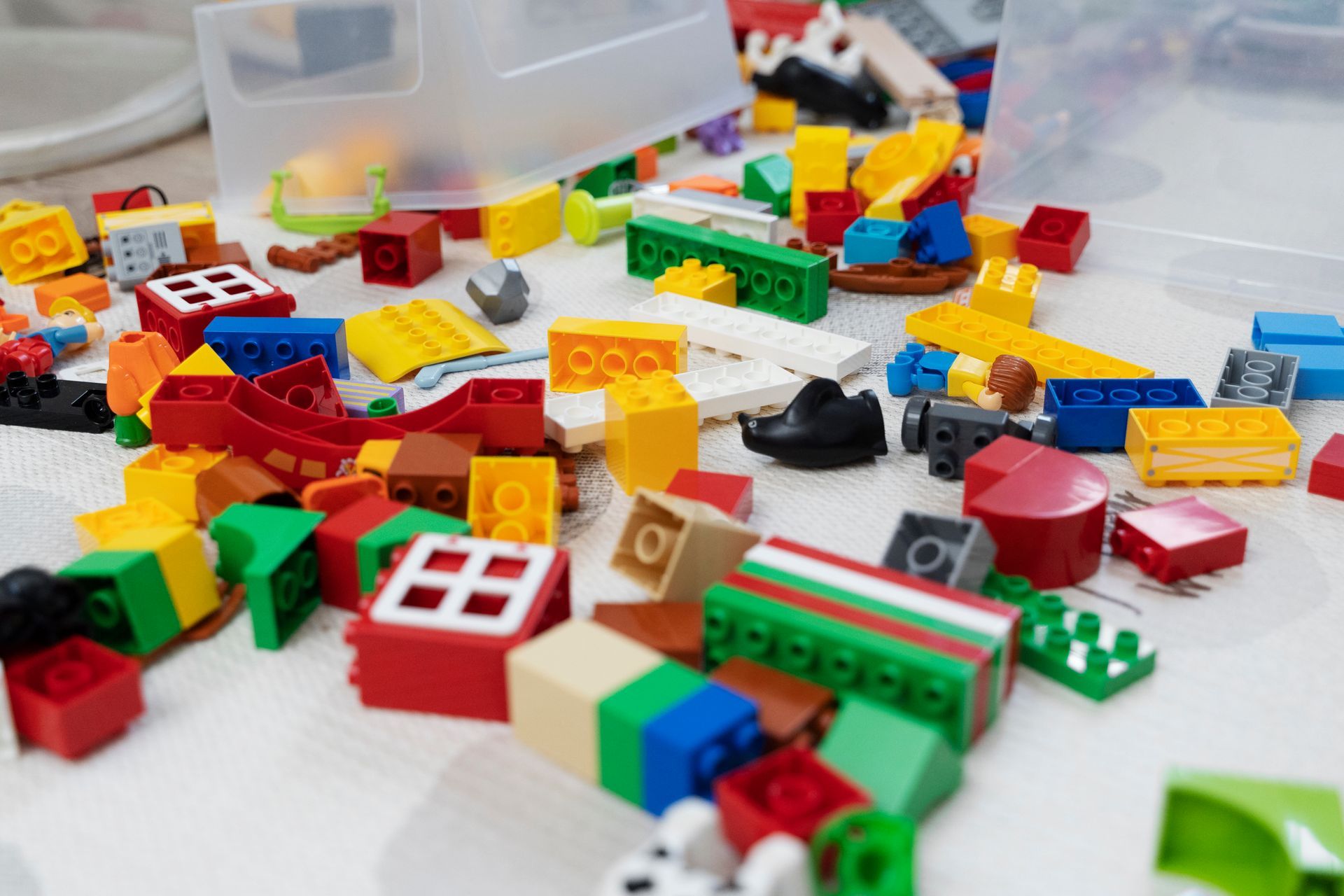
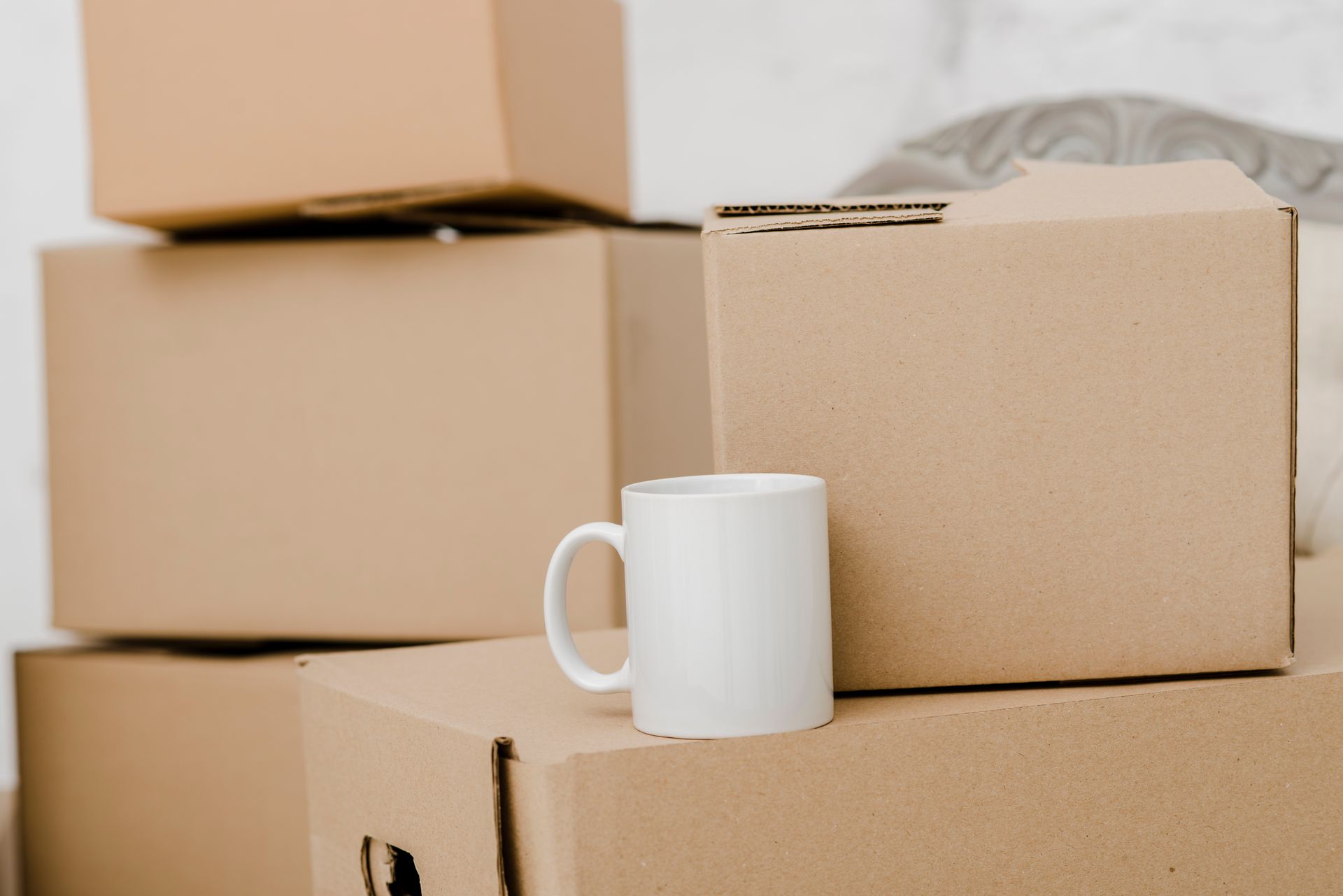
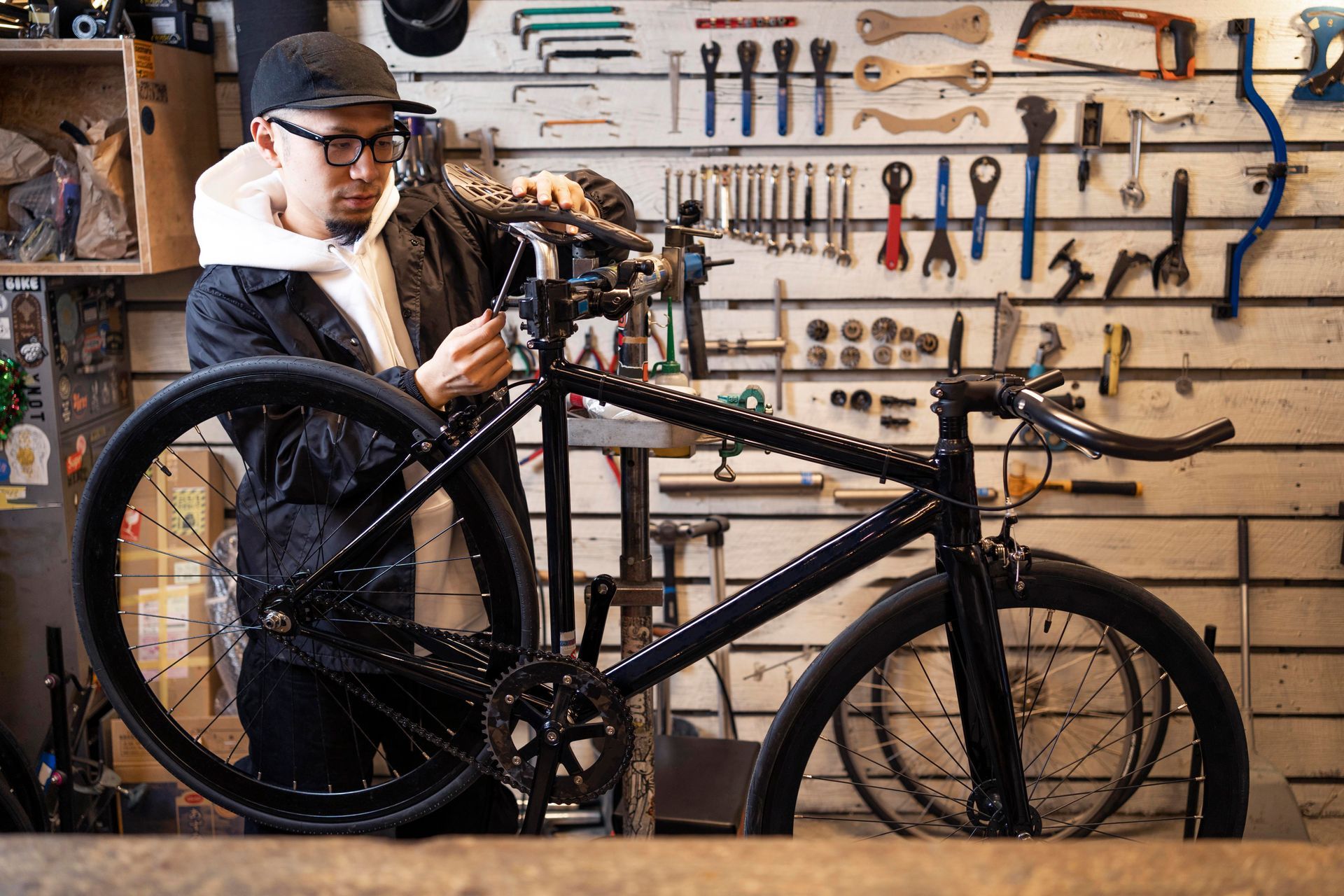

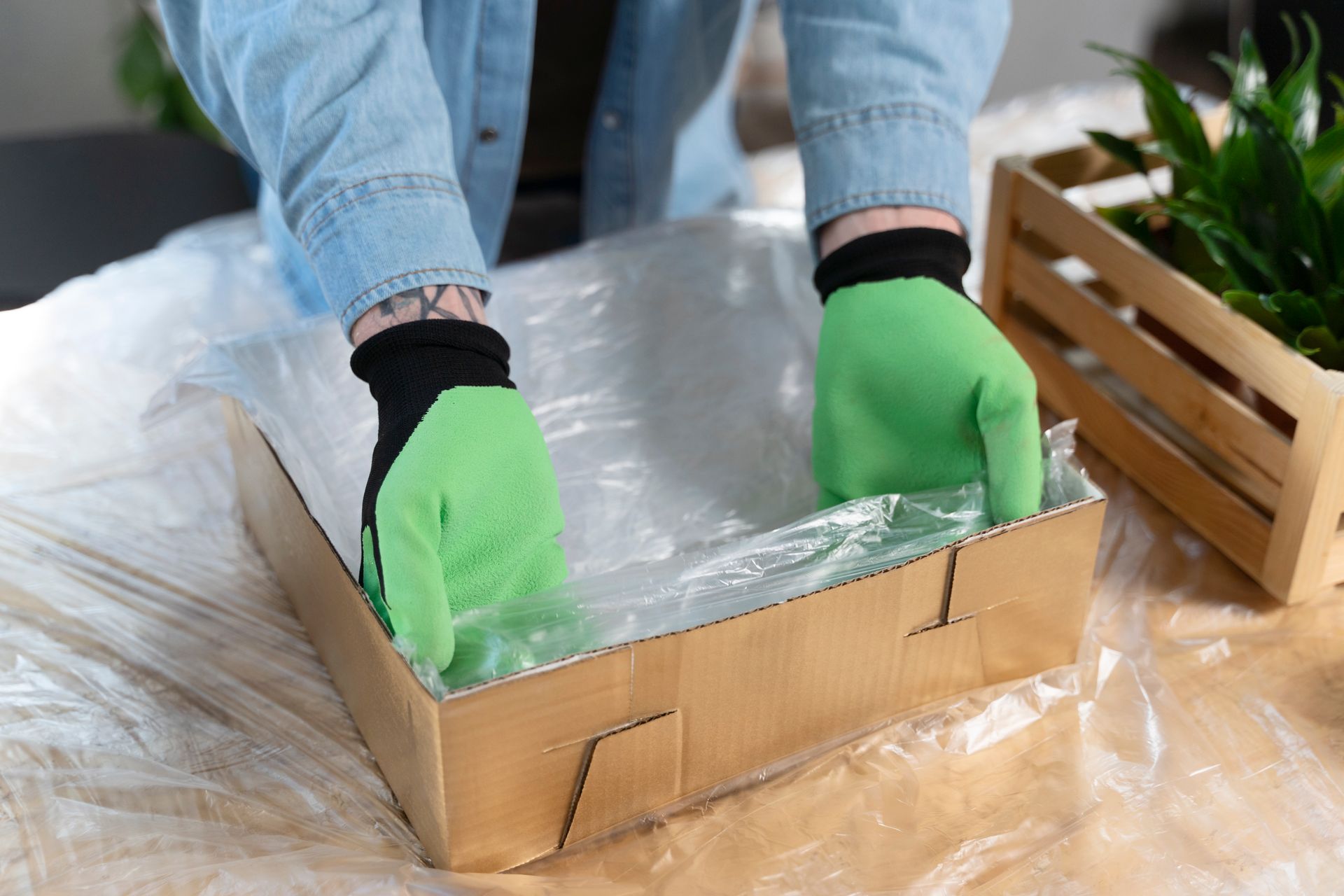
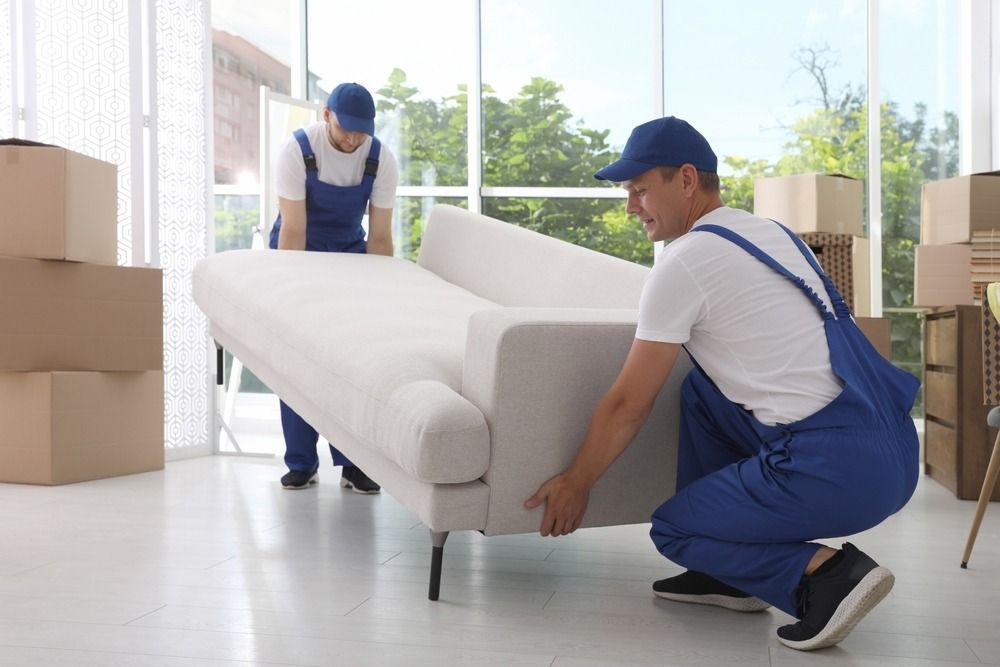

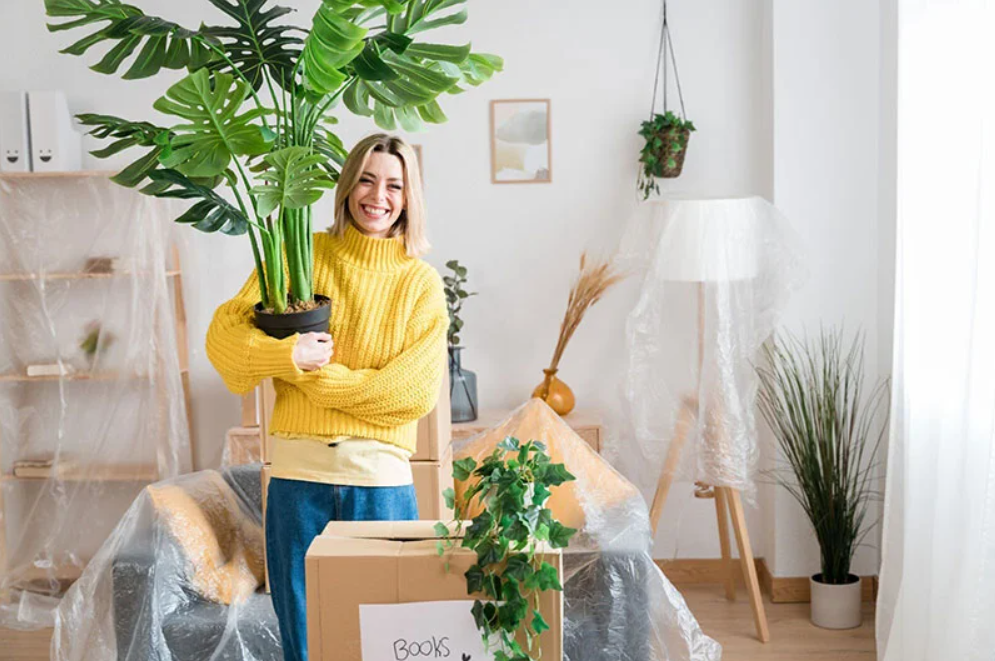


Share On: